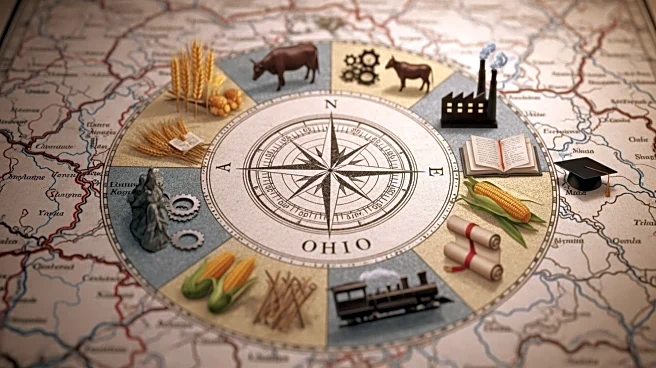Ohio's history is a fascinating journey from its origins as a frontier territory to its status as an industrial powerhouse. The state was admitted to the Union in 1803, becoming the 17th state and the first under the Northwest Ordinance. Ohio's development has been marked by key phases and turning points that have shaped its identity and economy.
Origins
Ohio's origins can be traced back to the lands west of the Appalachian Mountains, which were contested by various native tribes and European colonists. The state was home to several ancient indigenous civilizations, with humans present as early as 10,000 BCE. Ohio was partitioned from the Northwest Territory, the first frontier of the new United States, and became a state in 1803.
Key Phases
Ohio's development has been marked by several key phases, including its transition from a frontier territory to an industrial powerhouse. The state's industrial growth began in the late 19th century, fueled by its strategic location and abundant natural resources. Ohio's industries, including steel production and automotive manufacturing, played a crucial role in its economic development.
Turning Points
Ohio's history is characterized by several turning points that have shaped its identity and economy. One of the major turning points was the state's role in the War of 1812, where it was on the front line in the Western theater. The American victory in the Battle of Lake Erie, which took place near Put-in-Bay, Ohio, led to the U.S. gaining control over the Great Lakes for a period of time.
Present Status in Source
Today, Ohio is a major industrial state with a diverse economy and a rich cultural heritage. The state's industrial legacy continues to influence its economic policies and development strategies. Ohio's strategic location and abundant natural resources make it a key player in the national economy, with industries ranging from manufacturing to technology.
 Discover Daily • 8 min read
Discover Daily • 8 min read 












